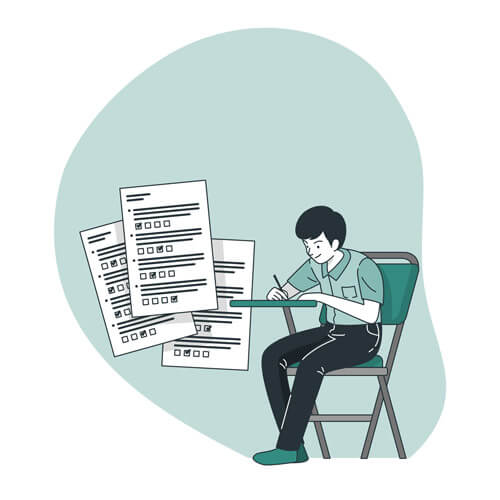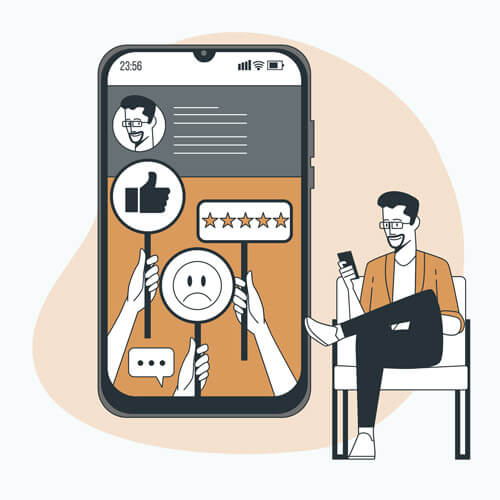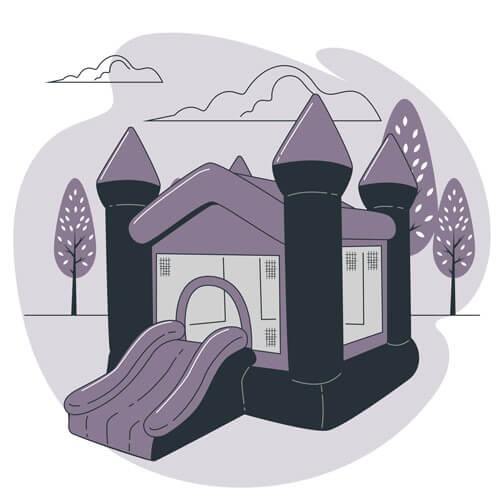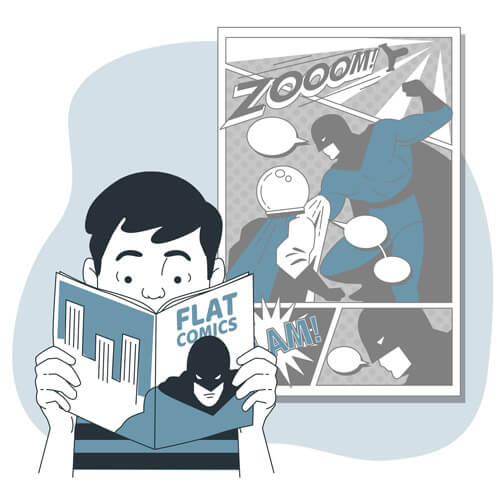What is communication facilitation?
Communication facilitation is the process of guiding and managing group discussions, ensuring that all participants can contribute effectively and that the goals of the interaction are met. It involves creating an environment where everyone feels heard, respected, and engaged. This practice is crucial in various settings, from corporate meetings and workshops to classroom environments and online discussions.
What does communication facilitation usually involve?
Effective communication facilitation typically involves:
- Setting clear objectives: Defining the purpose and goals of the discussion or activity.
- Creating an inclusive environment: Ensuring all participants feel comfortable sharing their ideas.
- Managing group dynamics: Addressing conflicts, encouraging participation, and balancing speaking time.
- Providing structure: Using agendas, time management, and clear instructions to keep the group focused.
- Encouraging active listening: Promoting understanding and empathy among participants.
Examples and types of facilitation
Discussion facilitation involves leading conversations to ensure productive dialogue. This type of facilitation is common in meetings, group discussions, and educational settings. Facilitators use techniques such as open-ended questions, summarizing key points, and managing turn-taking to encourage participation and keep discussions on track.
Online facilitation focuses on managing virtual discussions and workshops. It involves using digital tools like Zoom or Microsoft Teams to engage participants, manage interactions, and ensure effective communication in a remote setting. Techniques include interactive polls, breakout rooms, and virtual whiteboards to maintain engagement and collaboration.
Peer facilitation occurs when individuals with similar experience guide a discussion or activity. This approach is often used in educational and team-building contexts to foster collaboration and mutual support. Peer facilitators lead collaborative projects, provide feedback, and mentor their peers to enhance learning and team cohesion.
Workshop facilitation involves planning and leading interactive sessions designed to achieve specific learning outcomes or project goals. These sessions can occur in-person or virtually and often include hands-on activities, group exercises, and role-playing scenarios to engage participants and reinforce learning objectives.
Graphic facilitation uses visual elements to guide and document discussions. Common in strategic planning meetings and creative brainstorming sessions, graphic facilitators employ techniques such as mind mapping, visual storytelling, and sketch noting to capture ideas and make complex concepts more accessible.
Virtual workshop facilitation is the practice of conducting interactive workshops in a virtual environment. Facilitators use online learning platforms and tools like interactive whiteboards and real-time collaboration applications to engage participants. Virtual breakout sessions and live polls help maintain interactivity and focus.
Team building facilitation aims to strengthen team dynamics and collaboration. This type of facilitation is typically seen in corporate retreats, team meetings, and onboarding sessions. Facilitators use icebreakers, trust-building exercises, and team challenges to enhance trust and cooperation among team members.
Remote facilitation focuses on facilitating activities and discussions for geographically dispersed teams. Using both synchronous and asynchronous communication tools, remote facilitators manage interactions and ensure all team members are engaged, regardless of their location. Virtual team-building activities are a common strategy to maintain a cohesive team environment.
Skills development facilitation guides individuals or groups in improving specific skills. Common in training programs, workshops, and coaching sessions, this type of facilitation involves providing personalized feedback, practical exercises, and skill assessments to help participants develop and refine their abilities.
Leadership facilitation is designed to develop leadership capabilities within a group. Often used in leadership training programs, executive retreats, and team-building sessions, facilitators employ techniques such as case studies, role-playing leadership scenarios, and peer feedback to enhance participants’ leadership skills and confidence.
Key skills needed for group facilitation
Effective group facilitation requires a range of skills, including:
- Active listening: Understanding and responding to participants’ contributions.
- Conflict resolution: Managing disagreements and fostering a positive group dynamic.
- Time management: Keeping the group on track and ensuring timely completion of objectives.
- Empathy: Creating a supportive and inclusive environment.
- Communication: Clearly articulating instructions, goals, and feedback.
- Emotional Intelligence: Recognizing and managing one’s emotions and the emotions of others to build stronger relationships and enhance group cohesion.
Facilitation in Learning
Facilitation in learning focuses on guiding students through the learning process, emphasizing active participation, critical thinking, and collaborative learning.
Facilitators employ various strategies to engage students, including:
- Group Discussions: Encouraging students to share ideas and perspectives.
- Interactive Activities: Utilizing hands-on tasks to reinforce concepts.
- Real-World Problem-Solving: Applying theoretical knowledge to practical situations.
This approach helps students become more engaged, fosters a deeper understanding of the material, and develops essential skills for independent learning.
Facilitation in Teaching
Facilitation in teaching involves creating an environment where students take an active role in their education.
Teachers act as facilitators, guiding students to:
- Explore Topics: Encouraging curiosity and in-depth investigation.
- Ask Questions: Promoting inquiry and critical thinking.
- Collaborate with Peers: Fostering teamwork and communication skills.
This method not only enhances comprehension but also cultivates critical thinking and problem-solving abilities, preparing students for lifelong learning.
Common activities and strategies in discussion facilitation
- Icebreakers: Activities designed to warm up the group and encourage interaction.
- Brainstorming sessions: Encouraging participants to generate ideas and solutions collectively.
- Role-playing: Using simulated scenarios to explore different perspectives and practice problem-solving.
- Feedback rounds: Providing structured opportunities for participants to give and receive feedback.
- Small group discussions: Breaking the larger group into smaller teams to facilitate more focused conversations.




